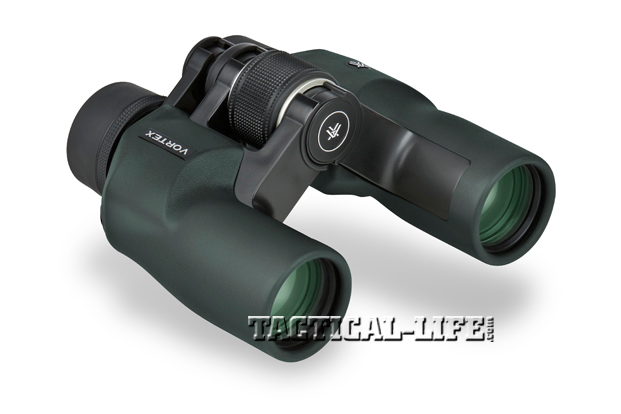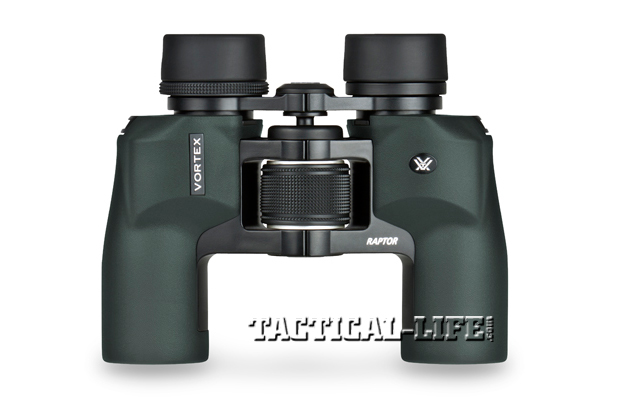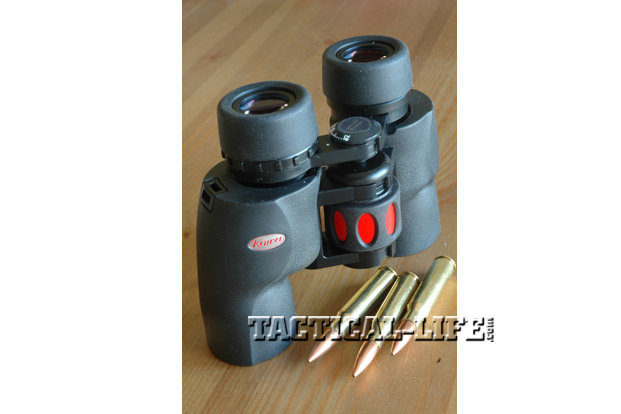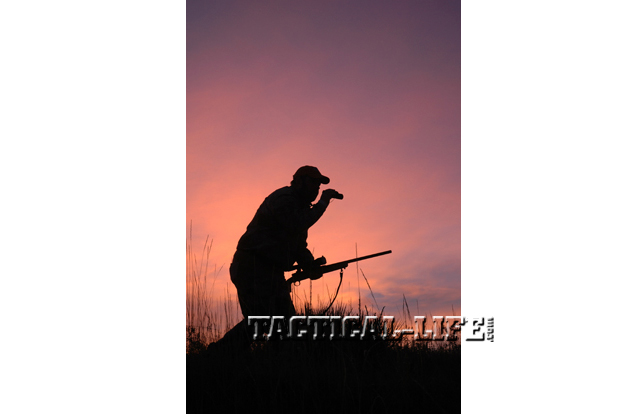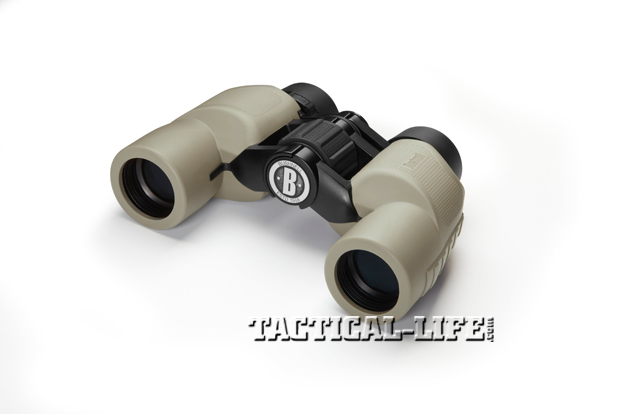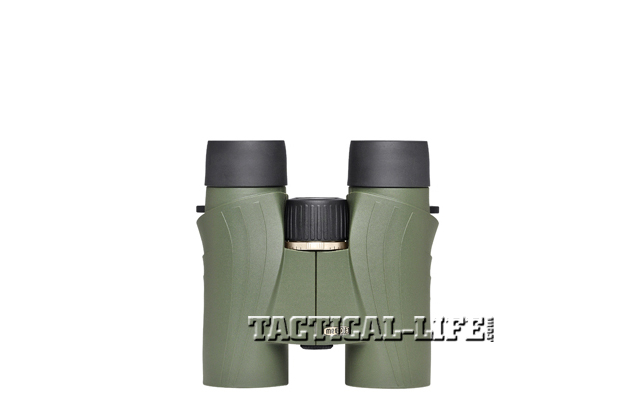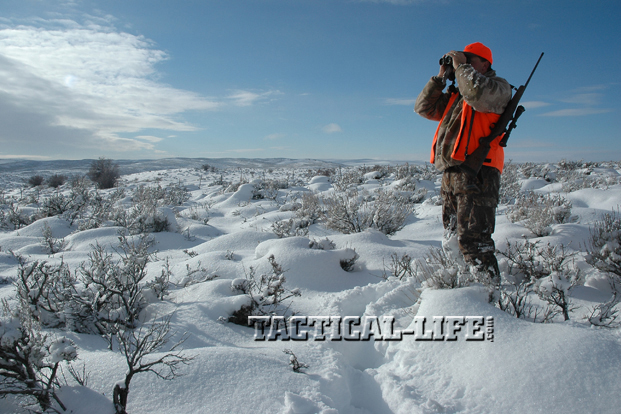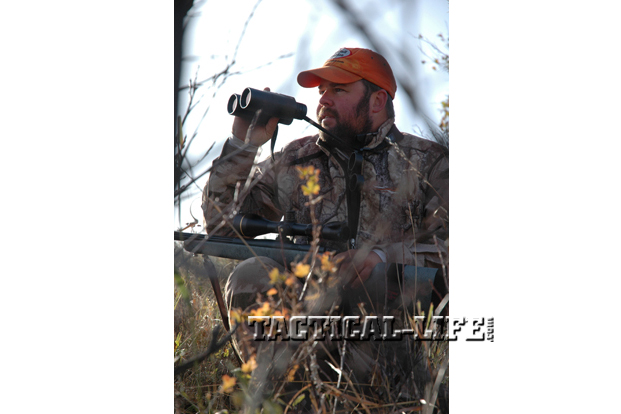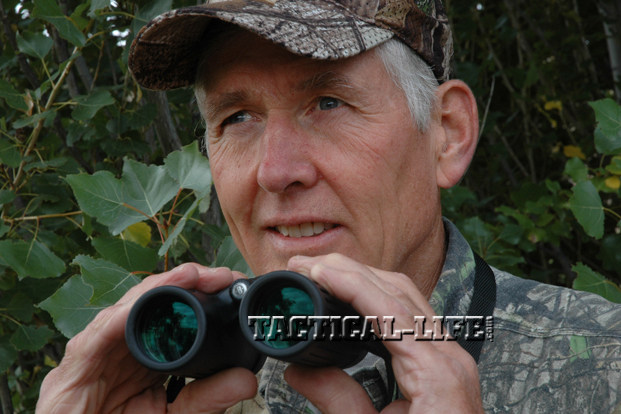Optics guru Bill McRae has looked through lots of glass. “I miss binoculars like this,” he told me once, pulling out an aged but well-kept Porro-prism. I recognized the 6×30 Bausch & Lomb right away. He saw the glint in my eye and added: “No, it’s not for sale.” I have a couple of B&L Zephyrs of that vintage. The 9×35 would be a great glass for sheep hunting, if I could afford sheep hunting. I’ve logged many trail miles with the 7×35 on my neck. Lightweight, with no excess bulk, it rides easily. The broad, bright field finds deer and elk fast. The 5mm exit pupil is about as big as my eyes can use now, even in the darkest hunting conditions. The past few decades have brought improved lenses and coatings, so I won’t claim my B&Ls, top-end binoculars in their day, match the best available now. Optically, they’re probably inferior to most current mid-range models—albeit lighter. (Electrician’s tape around a thin wrap of buckskin cushions the front of the 7×35’s barrels, a nearly weightless alternative to rubber armor.)
Power-To-Weight Ratio
To my dismay, binoculars have taken a path away from Porro-prism (offset barrel) to roof-prism designs. And magnification has climbed. Nearly every company selling binoculars hangs its profit margin on 8×42 and 10×42 glass. They’re both useful when you’re glassing at distance, but weighing 24 to 30 ounces, they can pull your neck into a pretzel by day’s end. A harness helps, but you must struggle in and out of it to shed or don a jacket. And the elastic soon wears weak, so the binoculars bounce on your chest and drag in the sand and snow when you crawl. Most optics houses offer 32mm versions of the 8X and 10X to bring weight closer to 20 ounces. Verily, that weight advantage is well worth the small sacrifice in exit pupil.
By my reckoning, an 8X glass is better on most big-game hunts than a 10X because it can be used without support off-hand. Glassing after a stiff climb or in a frisky wind, you’ll see the small field of a 10X jump about as if in the throes of an earthquake. Better still is a 7X, with an even wider field and less sensitivity to motion. It’s a brighter glass, too, all else being equal—though until your eye starts to dilate, you won’t bump against the light-transmission limits of any hunting binoculars. In bright daylight, exit pupil size doesn’t matter because your eye’s pupil is constricted. Only at dawn and dusk, or in inky forest, will your pupil open to 5mm—the exit pupil measure of 10×50, 8×40 or 7×35 binoculars. As your eyes age, they’ll struggle to reach the 7mm traditionally given as their maximum dilation. And that would be at night.
Advertisement — Continue Reading Below
